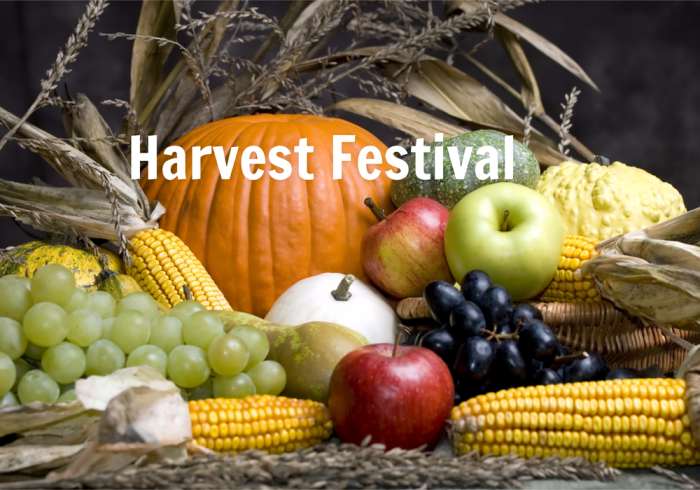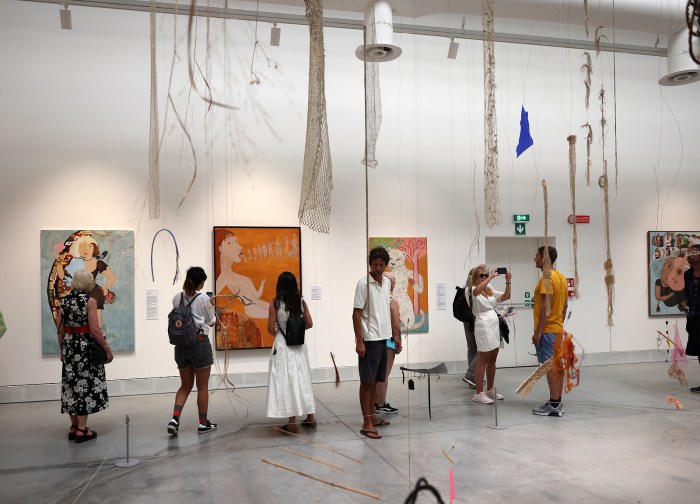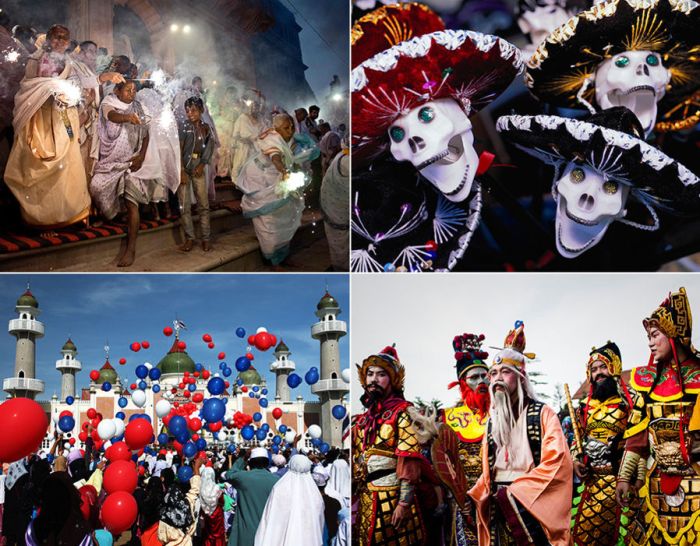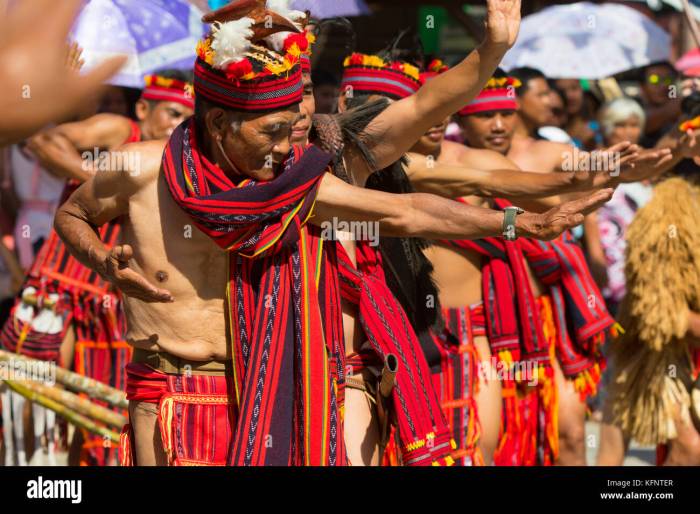
Tribal and Indigenous Cultural Festivals offer a captivating glimpse into the rich tapestry of human culture. These vibrant celebrations, dispersed across the globe, showcase unique traditions, beliefs, and artistic expressions. From the rhythmic beats of traditional drums to the intricate designs of ceremonial attire, these festivals provide a window into the diverse heritage of indigenous communities. They serve not only as expressions of cultural identity but also as vital mechanisms for preserving ancient knowledge and fostering community bonds.
This exploration delves into the multifaceted aspects of these festivals, examining their economic impact, role in cultural preservation, relationship with tourism, and potential for luxury travel experiences. We will analyze successful models of economic integration, responsible tourism practices, and initiatives designed to ensure the long-term sustainability of these invaluable cultural events.
Tribal and Indigenous Cultural Festivals Overview
Tribal and indigenous cultural festivals are vibrant expressions of diverse cultures worldwide, showcasing unique traditions, beliefs, and artistic expressions. These festivals serve crucial roles in maintaining cultural identity, fostering community bonds, and transmitting knowledge across generations. Their global distribution reflects the incredible range of human experience and the enduring power of cultural heritage.Tribal and indigenous cultural festivals are celebrated across the globe, spanning diverse geographical regions and encompassing a vast array of cultural practices.
Their prevalence underscores the importance of these events in maintaining cultural continuity and promoting social cohesion within indigenous communities.
Global Distribution of Tribal and Indigenous Cultural Festivals
These festivals are not confined to a single region; instead, they are found on every continent, reflecting the widespread presence of indigenous populations and their rich cultural heritages. From the Arctic to the Amazon, from the Australian Outback to the Himalayas, vibrant festivals celebrate unique cultural identities. The specific types of festivals and their associated practices vary significantly based on geographical location, environmental conditions, and historical influences.
For instance, festivals in Arctic regions might emphasize survival skills and resilience, while those in tropical climates could focus on agricultural cycles and harvest celebrations.
Examples of Diverse Festival Traditions
The diversity of these festivals is truly remarkable. Consider the Sun Dance of various Plains Indigenous Nations in North America, a powerful spiritual ceremony involving intense physical endurance and prayer. Contrast this with the vibrant Holi festival of India, a joyous celebration of colors symbolizing the triumph of good over evil. In Australia, the Aboriginal peoples hold numerous ceremonies and festivals, often linked to the Dreamtime stories and ancestral lands, involving intricate dances, storytelling, and artistic expression.
In the Amazon rainforest, indigenous communities may celebrate festivals tied to the cycles of the rainforest, incorporating rituals related to the spirits of nature and the abundance of the land. These examples highlight the vast array of cultural expressions found in these celebrations.
Key Elements of Tribal and Indigenous Cultural Festivals
Several key elements typically constitute these festivals. Music, often played on traditional instruments, plays a central role, setting the mood and accompanying dances and rituals. Dance is equally vital, often telling stories, conveying emotions, or enacting myths and legends. Rituals, frequently central to the festival’s purpose, may involve offerings, prayers, or ceremonies aimed at ensuring good fortune, honoring ancestors, or maintaining the balance of nature.
Traditional attire, often elaborate and symbolic, is worn to signify social status, spiritual roles, or connection to ancestral heritage. These elements work in concert to create a powerful and meaningful experience.
Comparison of Festivals Based on Primary Purposes
Many festivals serve multiple purposes, but we can categorize them based on their primary focus. Religious festivals, such as the Sun Dance, prioritize spiritual connection and seeking divine intervention. Celebratory festivals, like Holi, emphasize community bonding, joy, and the marking of significant events. Commemorative festivals serve to remember historical events, honor ancestors, or pay tribute to significant figures.
Some festivals, such as those centered around agricultural cycles, blend elements of all three, incorporating religious rituals, celebratory dances, and commemorative aspects honoring the land and its bounty. The specific purpose often shapes the overall character and structure of the festival.
Economic Impact of Tribal and Indigenous Cultural Festivals
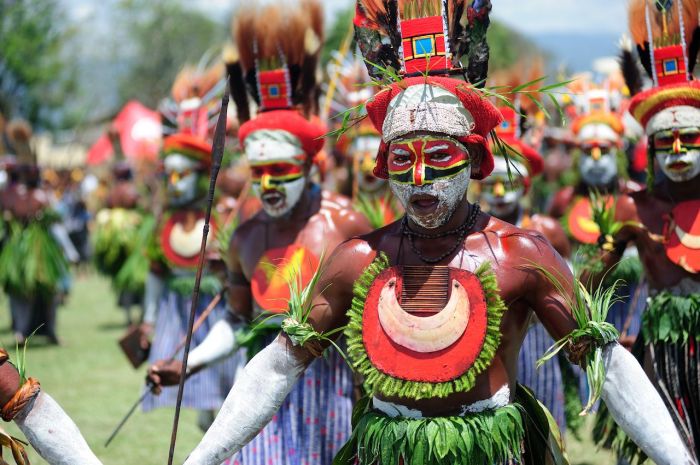
Tribal and Indigenous cultural festivals represent a significant economic engine for many communities, generating revenue and fostering sustainable development. These events not only celebrate rich cultural heritage but also provide crucial economic opportunities for local residents and businesses. The positive economic impact extends beyond immediate revenue generation, contributing to long-term community growth and improved livelihoods.
Economic Benefits for Local Communities
Cultural festivals attract significant tourism, injecting much-needed capital into local economies. Visitors spend money on accommodation, food, transportation, and souvenirs, directly benefiting local businesses and creating employment opportunities. The sale of traditional crafts and artwork provides a vital income stream for Indigenous artists and artisans, preserving cultural traditions while generating economic independence. Festivals also often stimulate investment in infrastructure improvements, further enhancing the community’s long-term economic prospects.
The increased visibility of the community can lead to further investment and development opportunities beyond the immediate festival period.
Hypothetical Economic Model: The “Sun Dance Festival”
Let’s consider a hypothetical festival, the “Sun Dance Festival,” to illustrate the economic flow. Assume 5,000 visitors attend, spending an average of $200 each on accommodation, food, and activities within the local community. This generates $1,000,000 in direct spending. Furthermore, suppose that 100 local artisans sell crafts averaging $500 each, resulting in $50,000 in direct craft sales. Adding these figures together, the total direct economic impact is $1,050,000.
This doesn’t account for indirect economic benefits such as increased employment and subsequent spending by those employed in the festival’s support services. A more comprehensive economic impact study would account for multiplier effects, considering the ripple effects of this initial spending throughout the local economy.
Successful Economic Integration Case Studies
The Santa Fe Indian Market in New Mexico, USA, is a prime example of a successful economic integration of a cultural festival. This annual event draws thousands of visitors and generates millions of dollars in revenue for Native American artists and the local economy. Similarly, the Aboriginal Art Fair in Alice Springs, Australia, provides a significant platform for Aboriginal artists to showcase and sell their work, boosting their income and raising awareness of their art.
These festivals demonstrate how cultural events can effectively contribute to economic empowerment and community development.
Comparative Economic Impact of Festivals Across Regions
| Region | Festival Name | Estimated Attendance | Estimated Economic Impact |
|---|---|---|---|
| North America (USA) | Santa Fe Indian Market | 100,000+ | >$10 million |
| Oceania (Australia) | Aboriginal Art Fair | 5,000+ | >$1 million |
| South America (Peru) | Inti Raymi Festival (estimated) | 50,000+ | >$5 million |
| Africa (South Africa) | Joy of Jazz Festival (estimated, including broader cultural impact) | 20,000+ | >$2 million |
Cultural Preservation Through Festivals

Tribal and Indigenous cultural festivals play a vital role in safeguarding and transmitting cultural heritage across generations. These events serve as dynamic platforms for the preservation of traditional knowledge, skills, and languages, often facing the considerable challenges of globalization and modernization. By bringing together communities and showcasing cultural practices, festivals actively combat the erosion of traditions and ensure their continued relevance in a rapidly changing world.
Festivals provide a unique environment for the active preservation of traditional knowledge. The intricate processes involved in crafting traditional clothing, weaving baskets, or creating ceremonial objects are often demonstrated and taught during these events. Elders, the keepers of ancestral wisdom, share their knowledge and skills directly with younger generations, ensuring the continuity of these practices. Furthermore, the performance of traditional songs, dances, and storytelling keeps ancient languages alive, fostering linguistic diversity and cultural identity.
The vibrant atmosphere of a festival provides a compelling context for learning, surpassing the limitations of classroom settings and fostering a deep connection to the cultural heritage.
Challenges to Cultural Heritage Preservation
Globalization presents significant challenges to the preservation of Indigenous cultural heritage. The influx of external influences, including mass media and consumerism, can lead to the erosion of traditional values and practices. Rapid urbanization and migration patterns can disrupt community structures and weaken the transmission of cultural knowledge within families. Economic pressures can also force individuals to abandon traditional livelihoods in favor of more lucrative, but often less culturally fulfilling, occupations.
The homogenizing effects of globalization threaten the unique cultural identities of Indigenous communities worldwide, highlighting the critical need for proactive preservation efforts. For example, the increasing popularity of Western music genres in some communities has led to a decline in the performance of traditional music, a vital component of cultural identity.
Initiatives Supporting Festival Sustainability
Several initiatives actively support the sustainability of Indigenous cultural festivals and their cultural significance. Governmental funding programs often provide financial support for festival organization, enabling communities to cover costs associated with venue rental, artist fees, and logistical arrangements. Non-governmental organizations (NGOs) play a crucial role in providing technical assistance, promoting festivals internationally, and advocating for Indigenous rights and cultural preservation.
Community-based tourism initiatives can generate revenue for festivals, empowering communities to manage their own cultural resources sustainably. The success of these initiatives hinges on collaboration between government agencies, NGOs, and the Indigenous communities themselves, fostering a shared commitment to cultural preservation. For instance, the “Living Cultures” program in [insert country/region with example program] has successfully supported numerous festivals through grants and training, contributing significantly to their long-term viability.
Intergenerational Transmission of Cultural Practices Through Festivals
Festivals serve as crucial platforms for intergenerational transmission of cultural practices. The active participation of elders in sharing their knowledge and skills with younger generations ensures the continuity of traditions. Mentorship programs, often embedded within festival structures, facilitate the transfer of skills and knowledge in a structured manner. These programs allow young people to learn directly from experienced practitioners, fostering a sense of cultural pride and belonging.
The vibrant and engaging atmosphere of festivals provides a compelling context for learning, creating memorable experiences that strengthen cultural identity and intergenerational bonds. The collaborative nature of festival preparations and performances further reinforces these connections, strengthening community ties and ensuring the perpetuation of cultural heritage for future generations. For example, many Indigenous communities in [insert country/region with example] incorporate apprenticeships within their festivals, with younger generations actively participating in the creation of traditional art, music, and dance, guided by elders.
Tourism and Tribal and Indigenous Cultural Festivals
Tourism presents a complex duality for Tribal and Indigenous Cultural Festivals. While offering significant economic opportunities for communities often marginalized economically, it also carries the risk of cultural commodification and unsustainable practices. The careful management of tourism is therefore crucial for ensuring the long-term viability and integrity of these vital cultural events.Tourism’s relationship with the sustainability of these festivals is deeply intertwined.
Revenue generated from tourism can provide essential funding for the preservation of traditional arts, languages, and ceremonies. This influx of funds can support artists, craftspeople, and cultural practitioners, enabling them to continue their vital work and pass their knowledge down to future generations. However, poorly managed tourism can lead to environmental degradation, cultural appropriation, and the erosion of traditional practices in favor of commercially driven performances that lack authenticity.
The balance between economic benefit and cultural integrity is a delicate one.
Responsible Tourism Practices Versus Exploitative Practices
Responsible tourism prioritizes the well-being of the host community and the environment. It involves respectful engagement with local cultures, fair compensation for services rendered, and minimal environmental impact. For example, responsible tourism might involve pre-arranged visits to craft workshops, where tourists can observe the creation of traditional items and interact directly with the artists while supporting their livelihoods fairly.
In contrast, exploitative practices often involve the superficial representation of culture for profit, with little benefit accruing to the community itself. This might include staged performances that lack authenticity or the sale of mass-produced, culturally-inspired items that undermine local artisans. The difference lies in the degree of genuine participation, respect, and equitable benefit sharing.
Strategies for Balancing Cultural Preservation and Economic Opportunities
Balancing cultural preservation with economic opportunities requires a proactive and participatory approach. This involves community-based tourism initiatives where local communities are actively involved in planning, managing, and benefiting from tourism activities. This can include establishing clear guidelines for visitor behavior, ensuring fair wages for local workers, and investing a portion of tourism revenue back into cultural preservation projects.
Furthermore, implementing capacity-building programs can equip local communities with the skills and resources to manage tourism sustainably. For example, a community might establish a cooperative to manage tourism, ensuring profits are fairly distributed among members. This also allows for better control over the narrative and representation of their culture.
Guidelines for Respectful Tourism Participation, Tribal and Indigenous Cultural Festivals
Before attending a Tribal and Indigenous Cultural Festival, it is crucial to understand and respect the cultural norms and traditions of the host community. The following guidelines can help ensure respectful participation:
- Obtain permission before taking photographs or videos, particularly of ceremonies or sacred objects.
- Dress modestly and respectfully, adhering to local customs.
- Refrain from touching or handling cultural artifacts without permission.
- Learn a few basic phrases in the local language to show respect.
- Support local businesses and artisans by purchasing authentic, handcrafted items.
- Be mindful of the environment and avoid leaving litter.
- Respect the privacy of individuals and avoid intrusive behavior.
- Listen attentively to any guidance provided by local organizers or community members.
- Contribute financially to support the festival and its cultural preservation efforts.
- Avoid making stereotypical assumptions or generalizations about the culture.
In conclusion, Tribal and Indigenous Cultural Festivals are far more than mere celebrations; they are living testaments to the resilience and richness of diverse cultures. Their economic contributions to local communities, coupled with their crucial role in preserving traditional knowledge and fostering intergenerational transmission of cultural practices, highlight their enduring significance. Responsible tourism and sustainable practices are paramount to ensuring these festivals continue to thrive, offering both economic opportunities and enriching cultural experiences for generations to come.
By understanding and respecting these traditions, we can contribute to their preservation and celebrate the vibrant tapestry of human heritage.
FAQ Resource
What is the difference between a tribal and an indigenous festival?
The terms are often used interchangeably, referring to celebrations originating from and practiced by indigenous or tribal communities. However, “tribal” often implies a more specific societal structure, while “indigenous” emphasizes the historical connection to a particular land.
How can I respectfully participate in these festivals?
Respect local customs, dress modestly, ask permission before taking photos, avoid disruptive behavior, and be mindful of cultural sensitivities. Support local businesses and engage respectfully with community members.
Are these festivals open to the public?
Accessibility varies greatly depending on the specific festival and community. Some are private ceremonies, while others welcome visitors. Research beforehand and respect any restrictions.
